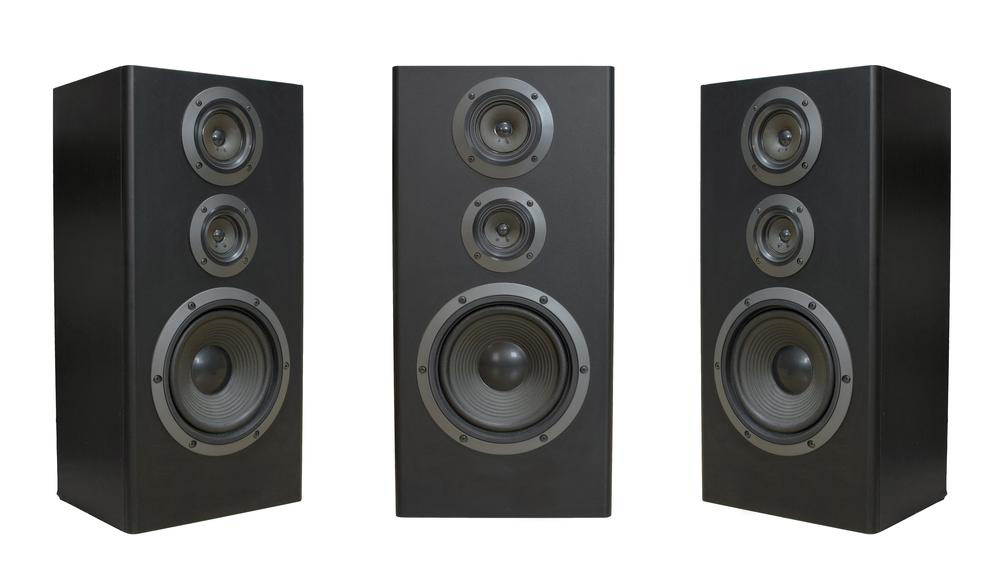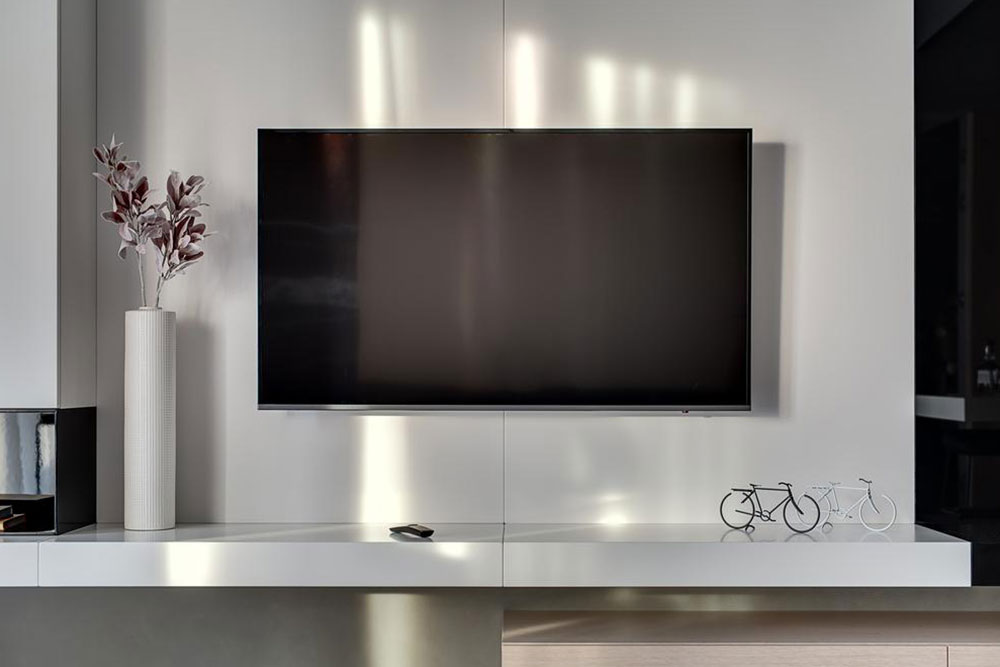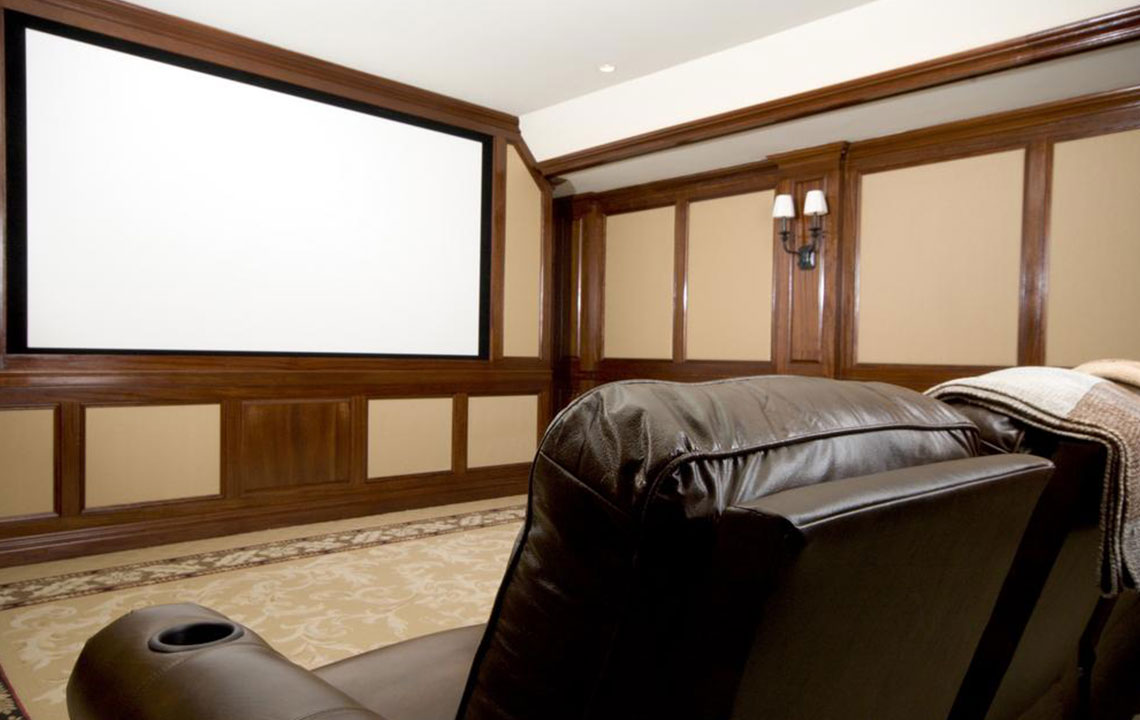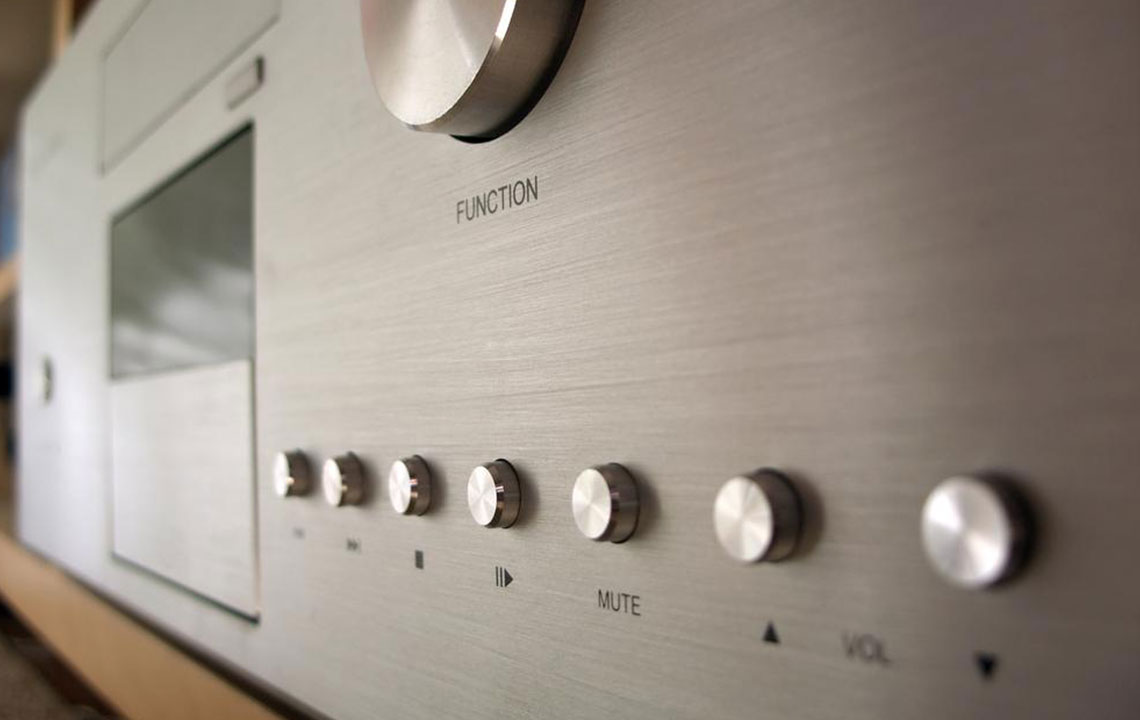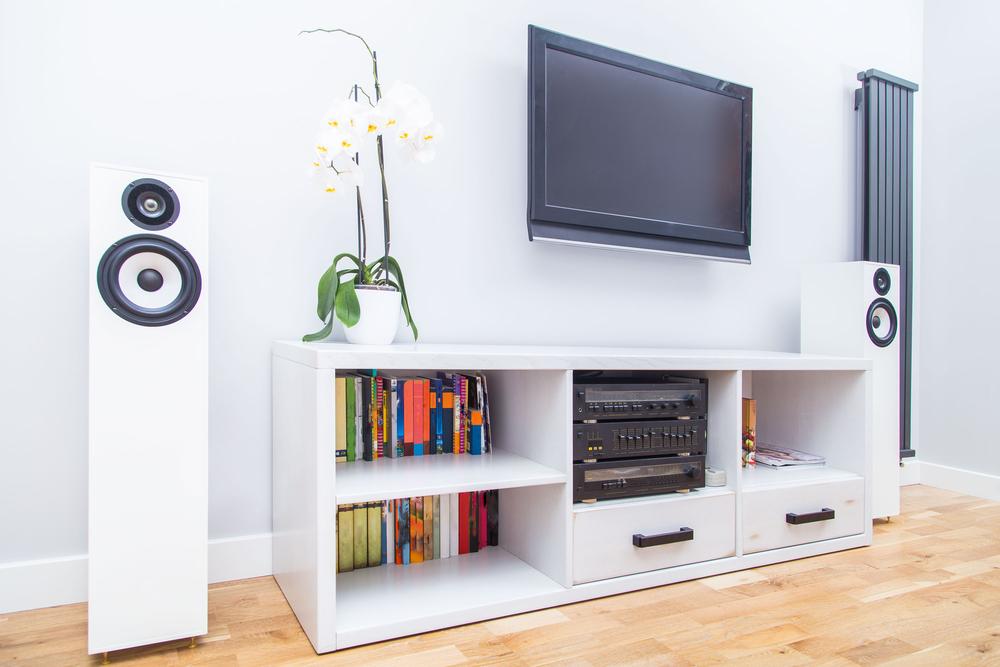Comprehensive Guide to Designing the Perfect Home Audio System
This comprehensive guide offers expert insights into designing the perfect home audio system, emphasizing room acoustics, speaker selection, and connectivity options. Learn how to optimize your space for immersive sound and visual experiences, whether you’re upgrading an existing setup or building a new one. Essential tips cover selecting the right equipment, placement strategies, and calibration techniques to create a high-quality home theater or audio environment tailored to your needs. Enhance your entertainment space with practical advice on achieving balanced sound, superior clarity, and seamless device integration for a truly immersive experience.
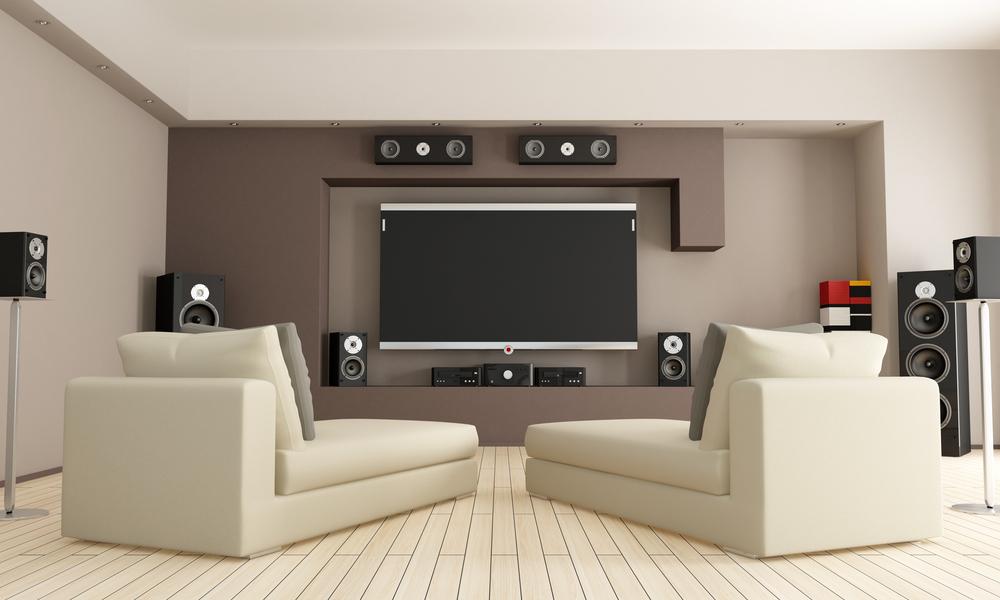
Comprehensive Guide to Designing the Perfect Home Audio System
Creating an exceptional home audio environment requires careful planning and understanding of several key factors. Whether you're a dedicated audiophile, a movie enthusiast, or someone who simply wants high-quality sound in their living space, designing a home audio system that meets your needs involves multiple components and considerations. From choosing the right speakers to optimizing room acoustics, every element plays a role in delivering immersive sound experiences. This comprehensive guide will walk you through the essential tips for designing, installing, and maintaining a home audio setup that enhances your entertainment experience to its fullest potential.
Key factors to consider when building a home audio system:
Room Dimensions and Layout: The size and shape of your space are fundamental in determining the type of audio equipment you'll need. Larger rooms may require more powerful speakers or additional units to fill the space without sacrificing clarity. Conversely, smaller rooms favor compact speakers and efficient amplification. An often-overlooked aspect is lighting; ambient lighting can affect the viewing experience, glare on screens, or projector clarity, so plan your lighting accordingly. Consider room layout, furniture placement, and architectural features to optimize sound distribution and minimize echo or dead spots.
Acoustic Environment and Materials: Materials present in the room—such as carpets, curtains, or bare walls—have a significant impact on sound quality. Carpets and soft furnishings help absorb excess sound, preventing echo and improving clarity. In contrast, large glass or bare walls may reflect sound waves, causing undesirable reverberation. Incorporate acoustic treatments like paneling or diffusers if needed to achieve a well-balanced sound environment.
Audio Output Quality: The essence of a home audio system is sound quality. You’ll want your setup to deliver crisp, clear, and rich sound. Decide whether a dedicated home theater receiver suits your needs or if a combination of a preamp and power amplifier is preferable. Modern receivers often include features like HD radio, internet streaming, satellite radio, and input switching, providing flexibility. Matching the specifications of all components ensures seamless integration and optimal sound reproduction. Invest in high-quality cables and connectors to avoid signal loss and interference.
Speaker Selection and Placement: Speakers are the core of your audio experience. When choosing speakers, consider their size, power handling, and compatibility with your amplifier or receiver. Listening to different models before making a decision is advisable. For a balanced soundscape, use a combination of front, surround, and ceiling or in-ceiling in-ceiling speakers. Don’t forget a dedicated subwoofer to handle low-frequency sounds—crucial for movie effects and deep bass music. Proper placement, including height, distance from walls, and angle, significantly influences overall sound quality and spatial imaging.
Input Sources and Connectivity: Your choice of input sources impacts the versatility of your home audio system. Traditional options like DVD, Blu-ray players, or CD players remain relevant, but streaming platforms have become dominant. Connecting your devices via Wi-Fi or Ethernet allows seamless access to online content, streaming services such as Spotify, Netflix, or Apple Music, and smart TV applications. Integrate your system with other smart home devices for a cohesive entertainment experience. Maintaining a strong, stable internet connection ensures smooth streaming and minimal lag.
Calibration and Room Optimization: Once your system is set up, calibration is essential to adapt to the unique acoustics of your room. Many modern receivers include automatic calibration microphones that adjust speaker levels and equalization. Alternatively, manual adjustments can fine-tune the sound to match personal preferences. Proper calibration enhances clarity, bass response, and surround sound effects, creating a truly immersive experience. Regular maintenance and updates will preserve performance over time, ensuring your system continues to deliver high-quality audio.
Additional Tips for Enhancing Your Home Audio System: To maximize your setup, consider ambient lighting controls, acoustic treatments, and furniture arrangements that prevent sound reflection and improve listening comfort. Keeping cables organized minimizes interference and maintains aesthetic appeal. Regularly update your firmware and software to benefit from the latest features and improvements. For a more immersive experience, consider integrating multi-room audio setups, enabling synchronized playback in multiple areas of your home.
Ultimately, designing a home audio system involves balancing technical specifications with aesthetic preferences. Careful planning, professional advice if necessary, and attention to detail ensure you create a space where sound and visuals work harmoniously, elevating your home entertainment to a professional-grade experience. Whether you’re upgrading an existing setup or building from scratch, these tips will guide you toward achieving high-quality, reliably immersive sound tailored to your environment.
